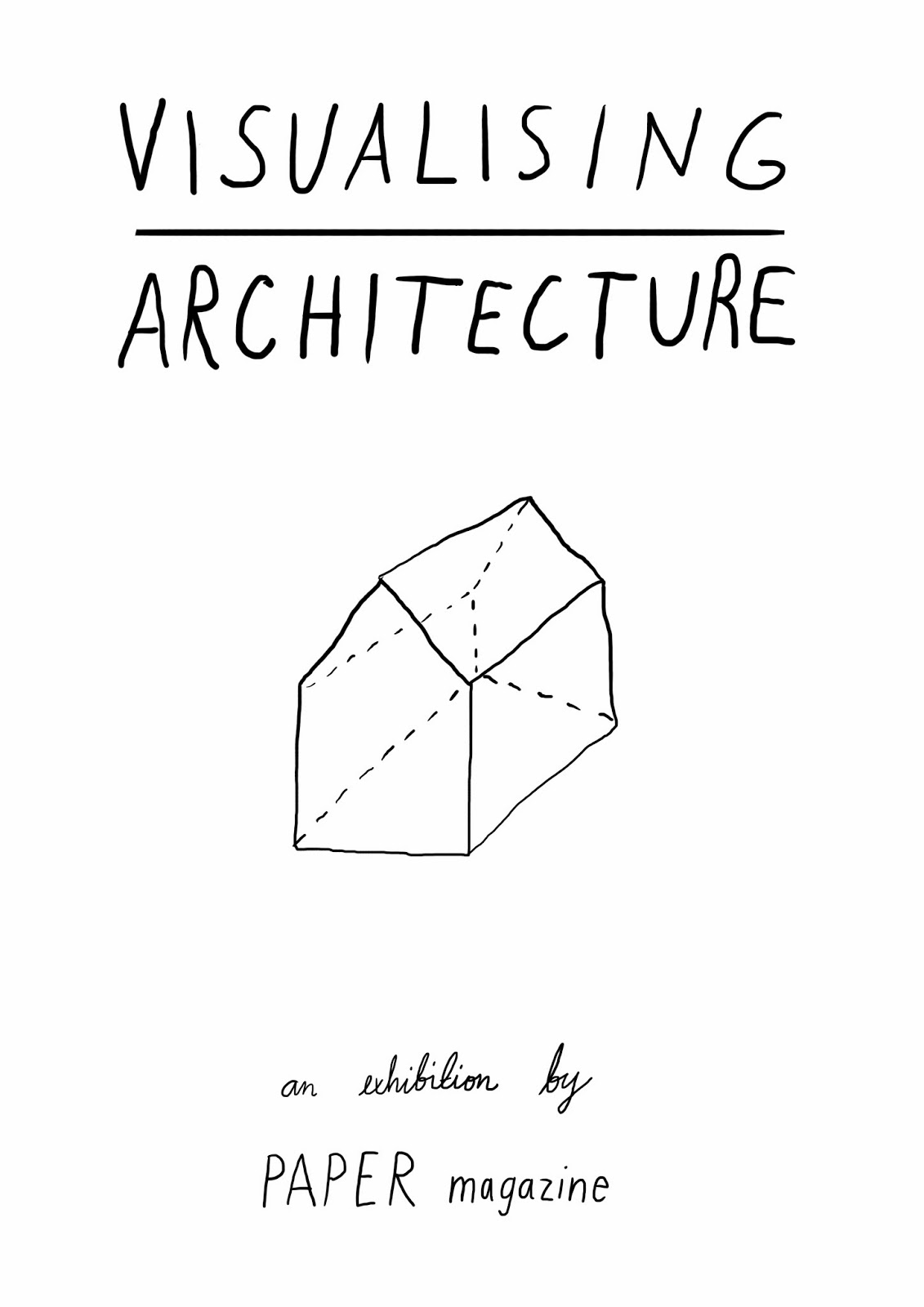Our names are Samuel Michaelsson, Hugo Losman and Mandeep Singh. Together we are running the architecture journal 'PAPER magazine' (Platform for Architectural Projects, Essays & Research). It was founded in 2011 by us, while studying at the University of Westminster in London.
So far we have published nine issues and a compilation of small pamphlets containing shorter essays about architecture as well as longer interviews with interesting people such as Iain Sinclair, Geoff Manaugh and RIBA bronze medal winnner Ness Lafoy.
PAPER magazine is also part of Elias Redstone's world touring 'Archizines' project and is currently being displayed in Shanghai. We are a non profit organisation run by young people with a background in architecture.
In the end of May we are putting together and curating an exhibition at Frilagret in Gothenburg, Sweden. It is called 'Visualising Architecture' and will display work by some of the most prominent visualisation artists and architects today, exhibiting a broad range of architectural representation and illustration. Listed below are the exhibitors:
Peter Guthrie - architect and visualiser based in London and Sweden
MIR - visualisation firm from Bergen, Norway
Ness Lafoy - architecture graduate and winner of the RIBA bronze medal
Factory Fifteen - animation and film studio based in Brixton, London
To coincide with the exhibition we are also launching the next issue of PAPER, Visualising Architecture, which will also act as a catalogue for the exhibition. We have interviewed the above named artists for the catalogue and it will also feature essays and texts by the following contributors:
Johan Linton - Chalmers University
David Ottosson - Lunds University
Victoria Watson - University of Westminster
---
To make this edition of PAPER possible we are now looking for your help!
You can show your support by donating on our crowdfunding website.





